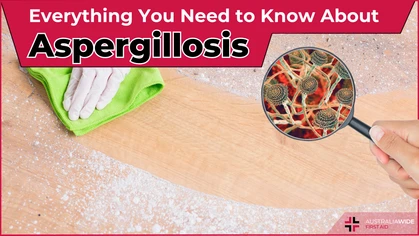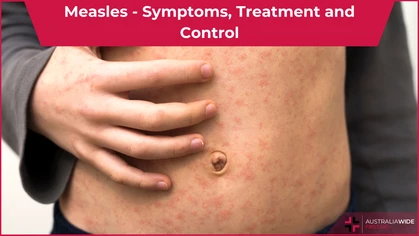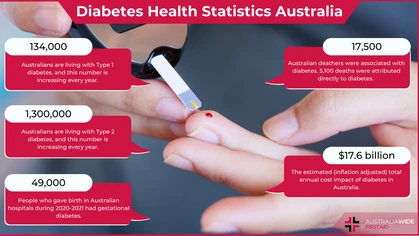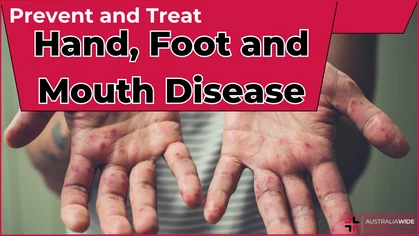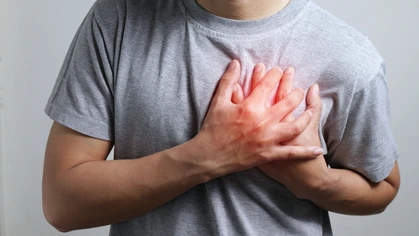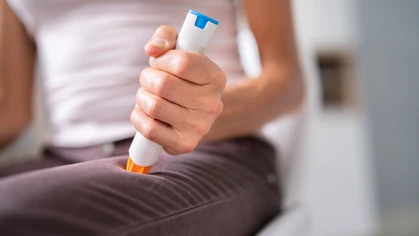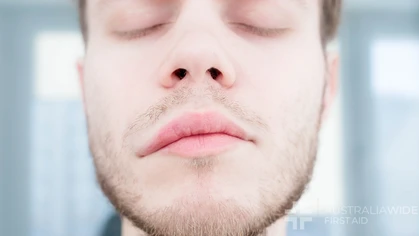Cardiac Arrest vs Heart Attack

Disease
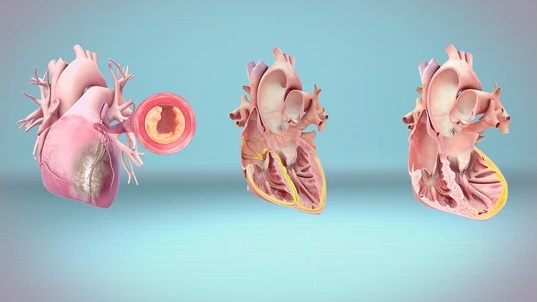
Medical animation still depicting heart attack, cardiac arrest and heart failure.
Sudden Cardiac Arrest (SCA) and Heart Attack are both medical emergencies. Both can be fatal. But the two heart problems are very different. Heart attack is a result of one or more of coronary arteries being blocked. A section of heart muscle is deprived of sufficient oxygen. If blood flow is not quickly restored, that section of heart muscle will begin to die. Sudden Cardiac Arrest results from a malfunction in the heart's electrical system. Abrupt loss of heart function means the victim will quickly become unresponsive/unconscious, displaying no other signs of life, such a breathing or movement.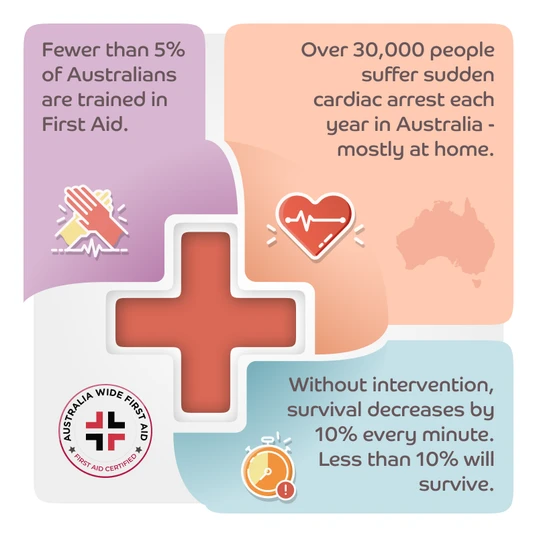
The following is for general information, not to be perceived as medical advice or instruction. If you are suffering Sudden Cardiac Arrest or Heart Attack, <strong>dial 000</strong> immediately
What causes sudden cardiac arrest
Sudden Cardiac Arrest unexpectedly stops the heart beating. Blood is no longer being pumped to the brain, lungs, and other organs. Death can follow within minutes if the victim does not receive emergency first aid — specifically CPR. Ventricular fibrillation (VF), a life-threatening abnormal heart rhythm, is the most common cause of SCA. It’s what happens when the electrical activity of the heart becomes so chaotic, the heart stops pumping and quivers, or 'fibrillates' instead. The various causes of Ventricular Fibrillation include the following heart-related problems:- Coronary Heart Disease
- Heart Attack
- Cardiomyopathy
- Heart Valve Disease
- Acute Myocarditis
- Lack of oxygen to the body (for example, choking)
- Electrocution
- Drugs
- Loss of blood
How to help a victim of sudden cardiac arrest
Sudden Cardiac Arrest is reversible in some victims if it is treated within minutes. If you witness someone experiencing a cardiac arrest, the priority is to dial 000 for emergency. Then immediately provide CPR. If others are available to help, one person should perform CPR, while another calls 000 and finds an AED. When you call 000, the operator will keep you on the line to help by providing you with advice and support.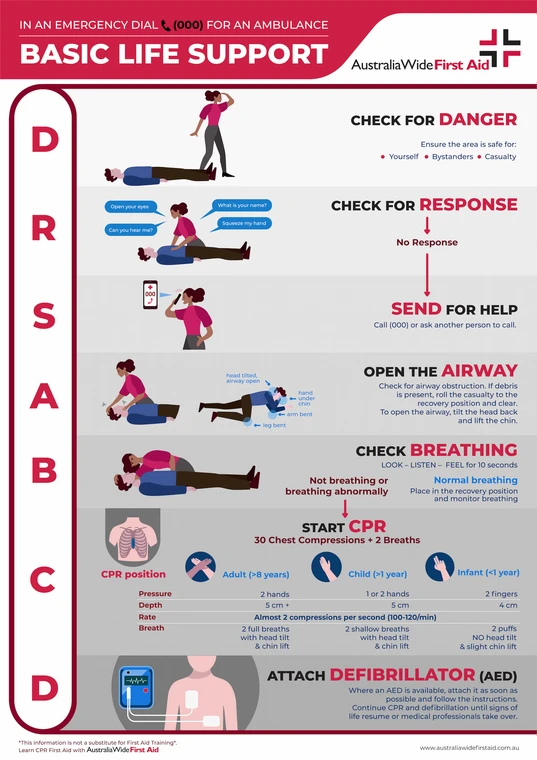
The DRSABCD flow chart is used in emergency situations
What is a heart attack?
Heart Attack occurs when blood flow to the heart is blocked. A blocked coronary artery prevents oxygen-enriched blood from reaching a section of the heart. If the block artery is not reopened quickly, the part of the heart normally nourished by that artery begins to die. Symptoms of a heart attack can be sudden — intense pain in the chest or other areas of the upper body (arms, neck, and jaw), shortness of breath, cold sweats, and/or nausea and vomiting. More often, symptoms start slowly and worsen over days, weeks or even months before the heart attack. Unlike a SCA, the heart does not stop beating during a heart attack. However, a heart attack can sometimes trigger an electrical disturbance that leads to Sudden Cardiac Arrest. The longer a victim of a heart attack goes without treatment, the greater the damage.What causes a heart attack?
Most heart attacks are caused by coronary heart disease (CHD). Coronary arteries become blocked when fatty deposits, including cholesterol, build up over time. This results in substances called plaques, which can narrow the arteries (atherosclerosis). When a plaque ruptures, a piece of that fatty material breaks off, and a blockage (blood clot) to one or more of the coronary arteries can result, causing a heart attack in which the supply of oxygen-rich blood to the heart muscle is disrupted.What to do for a heart attack?
Call 000, even when you're not sure it's a heart attack. Every minute matters.- Have the person stop what they're doing and rest them in a comfortable position
- If they have prescribed medication, e.g. a tablet or oral spray to treat chest pain or discomfort, help the person take this, as directed
- Call an ambulance, if you haven't already
- Stay with the victim until the ambulance or on-site resuscitation team arrives
- Give Aspirin (300mg) if directed by medical professionals (dispersible aspirin is preferred)
- Administer oxygen if you are trained to do so and there is obvious shortness of breath
- If the victim is unresponsive and not breathing normally, implement the steps of the DRSABCD flowchart above
Other Resources
Disclaimer: This article is for informational purposes only. It does not constitute, replace, or qualify as any form of first aid training.
Originally published at
https://www.australiawidefirstaid.com.au/resources/cardiac-arrest-vs-heart-attack
as part of the Australia Wide First Aid Articles Library



